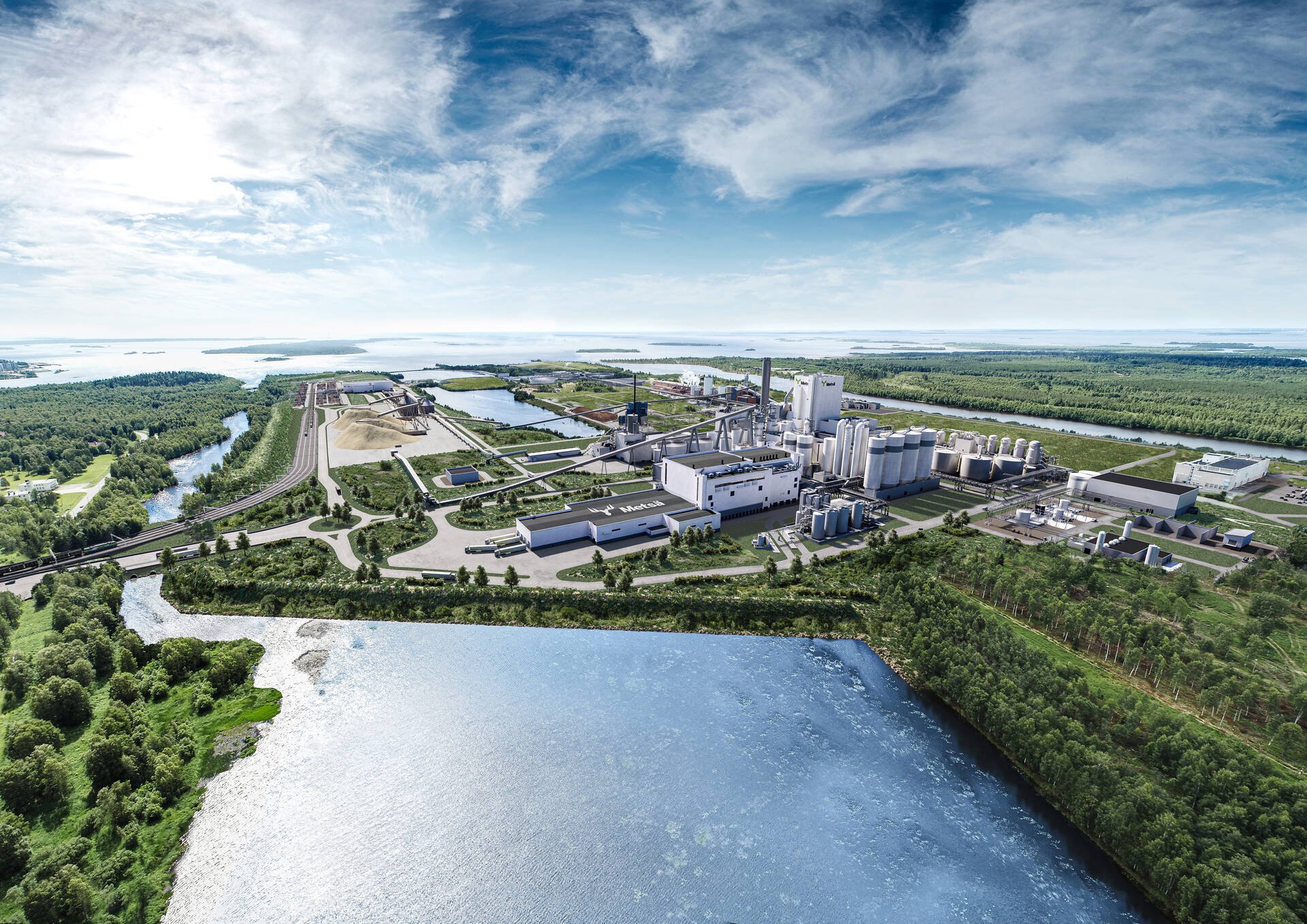Efficient use of water is sustainable and economically profitable. The enhanced use of process water is one of our sustainability objectives.
“Efficient water recycling reduces energy consumption and the volume of wastewater, which in turn reduces mills’ environmental impacts. We return the water we use to waterways and waterbodies as pure cooling water or after a modern purification process,” says Mika Leino, Metsä Group’s Environmental Director.
Water flows from one process to the next
Use of water can be examined from different perspectives. One is the volume of water sourced from waterbodies, and the other is the volume of wastewater conducted through wastewater treatment plants to waterbodies. Achieving a reduction in both through various measures helps us achieve our objective.
Closed cycles play a key role in the improvement of process water usage. We purify and recycle the process water we have sourced and thus reduce the need for freshwater.
Water used once can be used in different production stages, either as such or purified within the process. For example, water usage at the bioproduct mill under construction in Kemi will be considerably lower than average per tonne of pulp produced.
“There is no need to purify cooling water these days. Cooling water returned to waterways and waterbodies only increases thermal stress. Water that is too warm cannot be discharged into waterbodies. For example, the environmental permit for Kemi specifies a limit to the thermal stress allowed,” says Leino.
Goals for water use for business operations and mills
In daily operations, a carefully controlled production process enhances use of water. Development projects are also carried out to make water and energy use more efficient through changes in process connections, for example.
“Water use in our business operations is examined quarterly. We approach our 2030 objective through the systematic development and renewal of production processes and the adoption of new technologies,” says Leino.

Kemi bioproduct mill – efficient water user
The Kemi bioproduct mill will boast production around 2.5 times that of the current pulp mill. However, its water use will not increase from that at present. A closed cooling water cycle will reduce water consumption and the thermal stress on waterbodies.
Some of the water in the cycle will be used in a process from which it flows through the wastewater treatment plant into the sea. The water leaving the cycle will be replaced with fresh water to ensure the purity of the cycle. The wastewater per tonne of pulp flowing to the wastewater treatment plant will be reduced substantially. The excess heat from the cooling water will be released into the atmosphere through cooling towers.
**************************
Metsä Group’s strategic 2030 sustainability objectives create a path to a sustainable climate-neutral future. This series of articles, called Choosing Sustainability, introduces our objectives in greater detail and describes how we promote them in our daily work.





